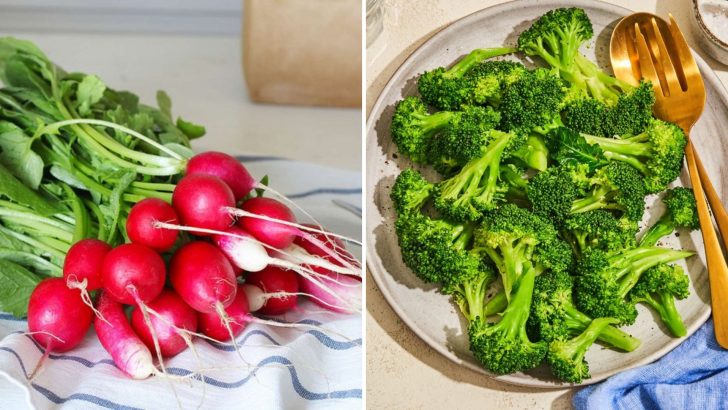Grocery aisles are filled with colorful choices, but some of the most powerful health boosters are also the most budget-friendly. These everyday vegetables don’t just stretch your dollar—they deliver fiber, vitamins, antioxidants, and serious flavor.
Think of them as your edible toolkit for better digestion, stronger immunity, and all-around feel-good fuel. Eating well doesn’t have to be complicated or expensive—it can start with something as simple as a head of cabbage or a handful of green beans.
1. Kale
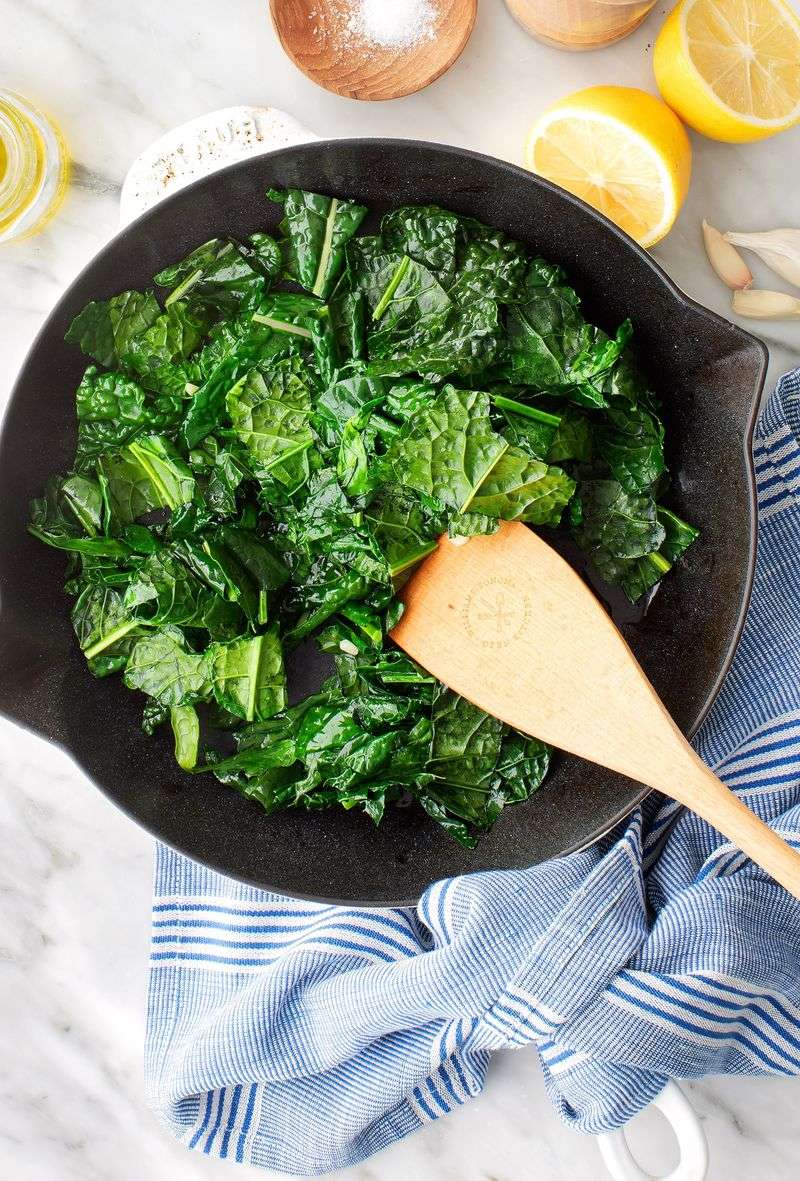
Rich in vitamins A, C, and K, kale is a nutrient powerhouse. Its bold, earthy flavor can jazz up any salad or smoothie. Not a fan of raw kale? Try it sautéed with garlic for a cozy side dish.
Kale was so popular in the Middle Ages that it was grown in every peasant’s garden. It’s like the avocado toast of medieval times. Affordable, versatile, and always ready to steal the show!
2. Carrots
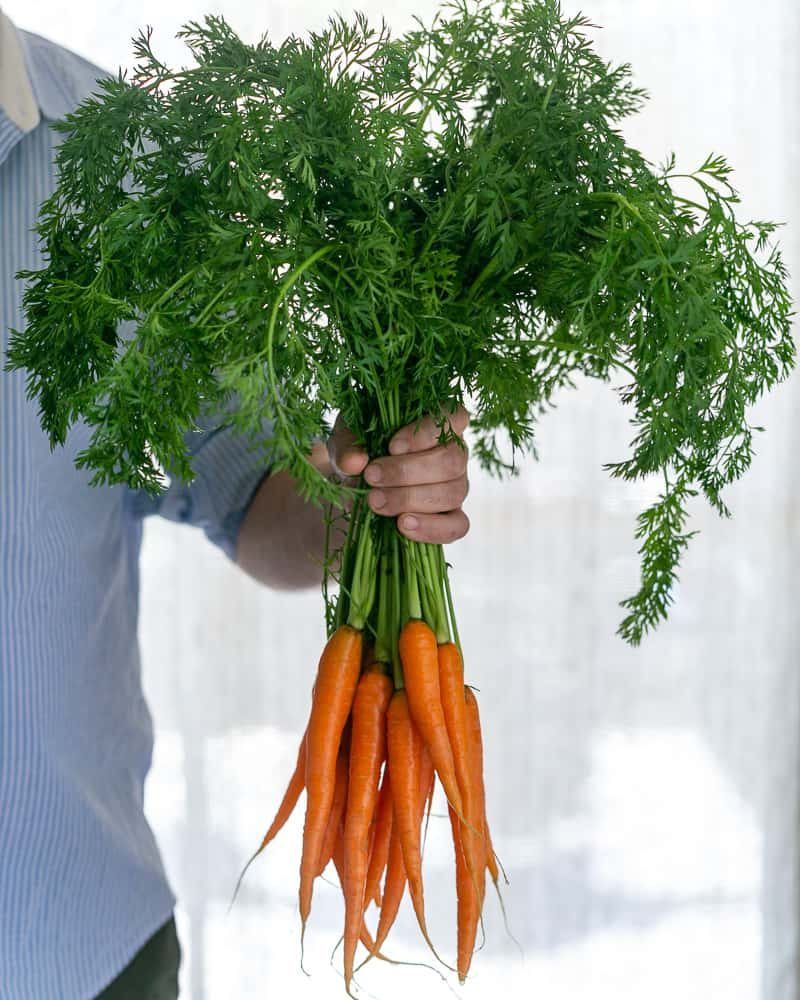
Bright, sweet, and satisfying, carrots are loaded with beta-carotene, which your body turns into vitamin A to support vision and immune health. They’re also a solid source of fiber and antioxidants.
Whether eaten raw, roasted, or blended into soups, carrots add color and crunch to any meal. Plus, they’re budget-friendly and easy to store.
3. Spinach

This leafy green is a quiet overachiever, packed with iron, folate, and vitamins A and K. Spinach supports everything from red blood cell production to bone health, all with a tender, mild flavor.
Toss it into salads, blend it into smoothies, or sauté it with garlic for a quick side. It’s a great way to sneak in nutrients without overwhelming your plate.
4. Cauliflower

Cauliflower might look plain, but it’s a master of disguise—rice it, mash it, roast it, or even turn it into a pizza crust. It’s high in fiber, vitamin C, and choline, a nutrient important for brain function.
This cruciferous veggie also supports digestion and detoxification. Its mild flavor makes it an easy addition to nearly any dish.
5. Broccoli
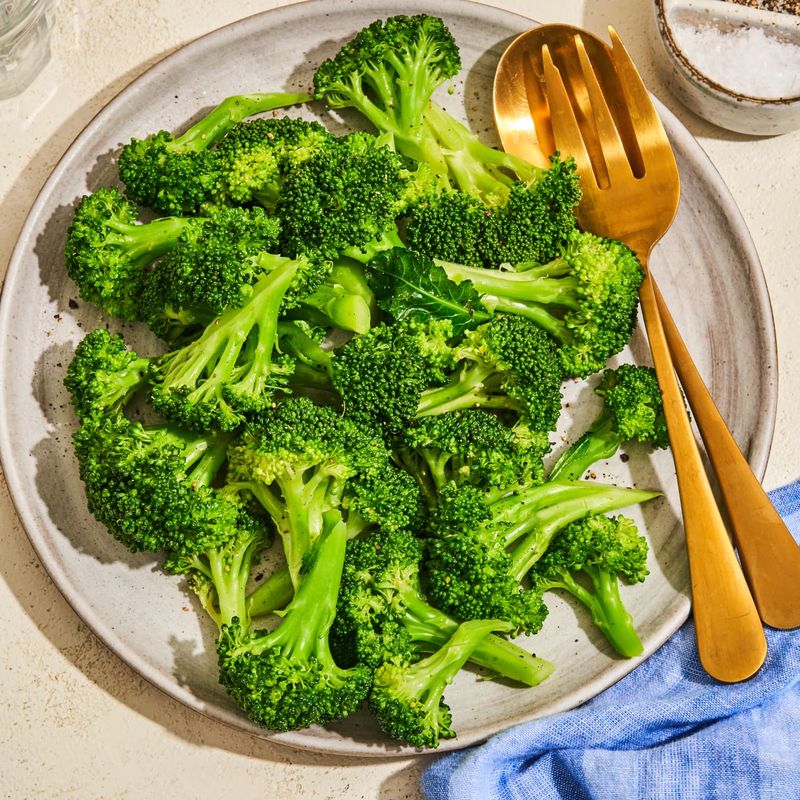
Love it or hate it, this green veggie is a nutritional powerhouse. Broccoli brings serious fiber and vitamin C to the table, along with powerful plant compounds that support your immune system.
Its slightly bitter edge mellows when roasted or steamed, making it a versatile staple. And it’s usually one of the most affordable veggies per serving.
6. Cabbage
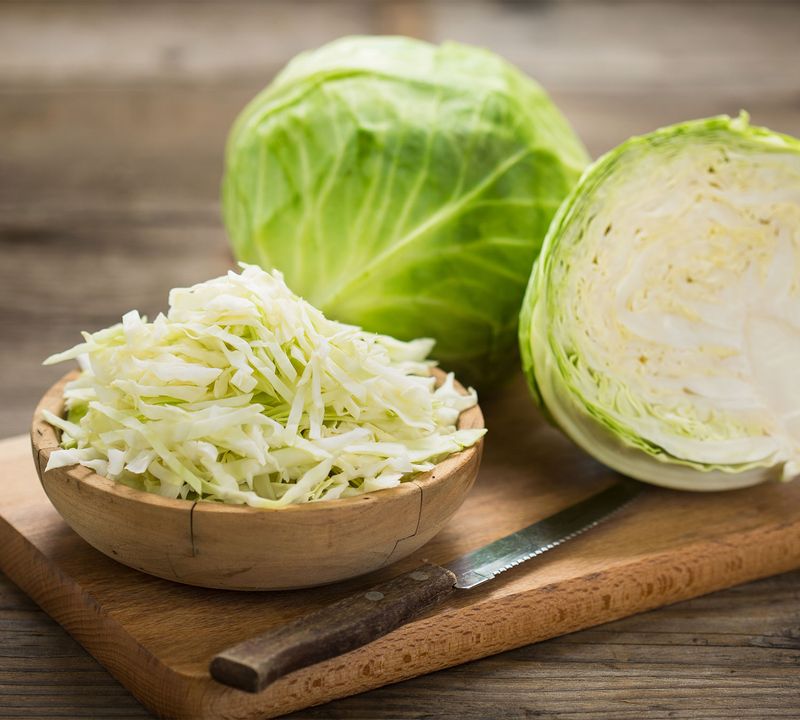
Cabbage is crunchy, hearty, and surprisingly versatile, showing up in everything from coleslaw to stir-fries. It’s rich in vitamin K and C and may support gut health thanks to its fiber and prebiotic content.
Red or green, raw or cooked, this veggie stretches your grocery budget further than most. Bonus: it lasts ages in the fridge.
7. Zucchini
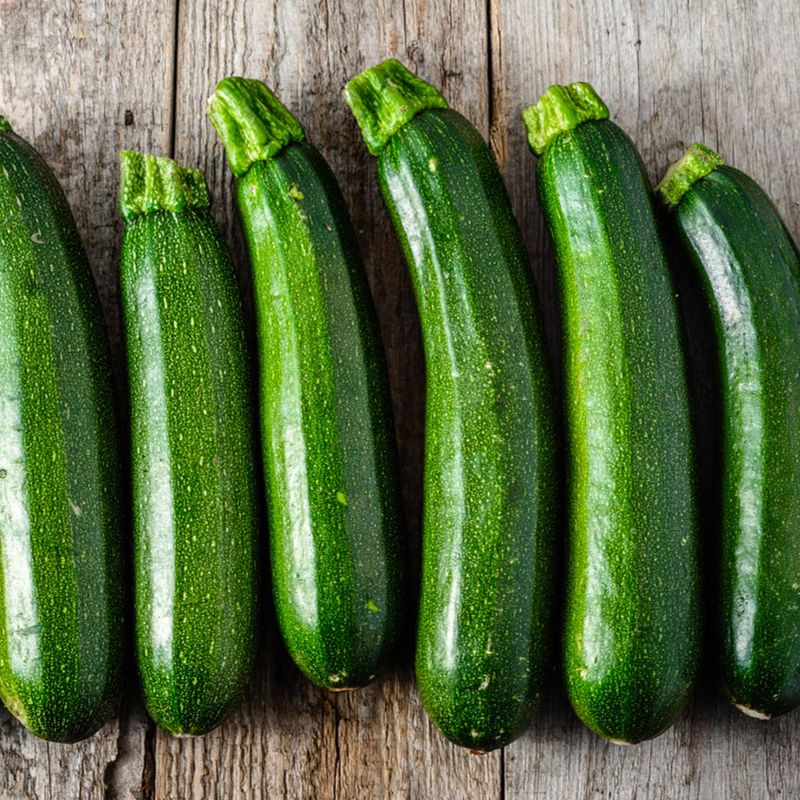
Mild in taste and quick to cook, zucchini is a summer favorite that’s low in calories but rich in vitamin C and potassium. It’s great grilled, spiralized into noodles, or tucked into breads and muffins.
The high water content helps keep you hydrated, too. It’s a veggie that works hard behind the scenes in all kinds of meals.
8. Bell Peppers
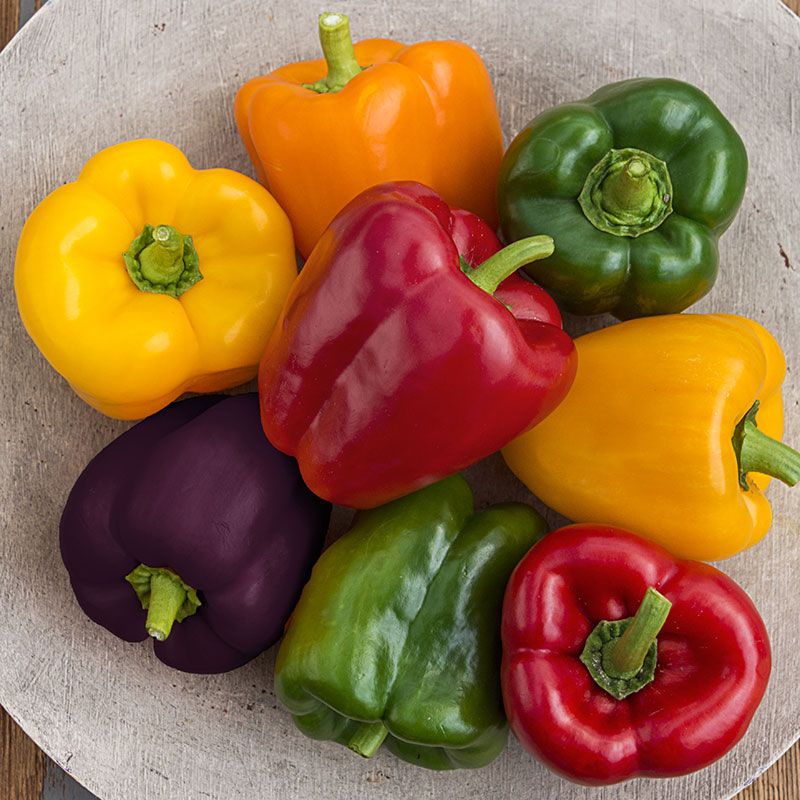
Colorful and crisp, bell peppers are packed with vitamin C—especially the red ones, which have more than oranges! They’re also rich in antioxidants like beta-carotene and lycopene.
Slice them into salads, stuff them with grains, or char them on the grill. Sweet, tangy, and satisfying, they add flavor and flair without breaking the bank.
9. Sweet Potatoes
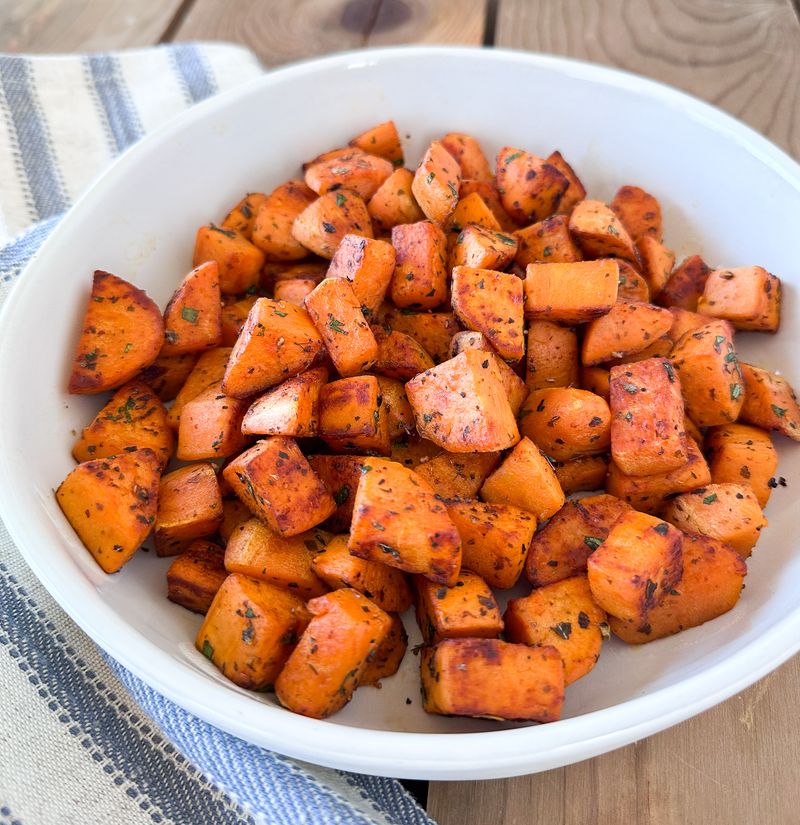
Sweet and starchy with a creamy texture, sweet potatoes are rich in beta-carotene, fiber, and potassium. They provide long-lasting energy and may help support blood sugar balance.
Roast them into wedges, mash them up, or use them in veggie-packed casseroles. They’re a naturally sweet addition to savory meals.
10. Green Beans
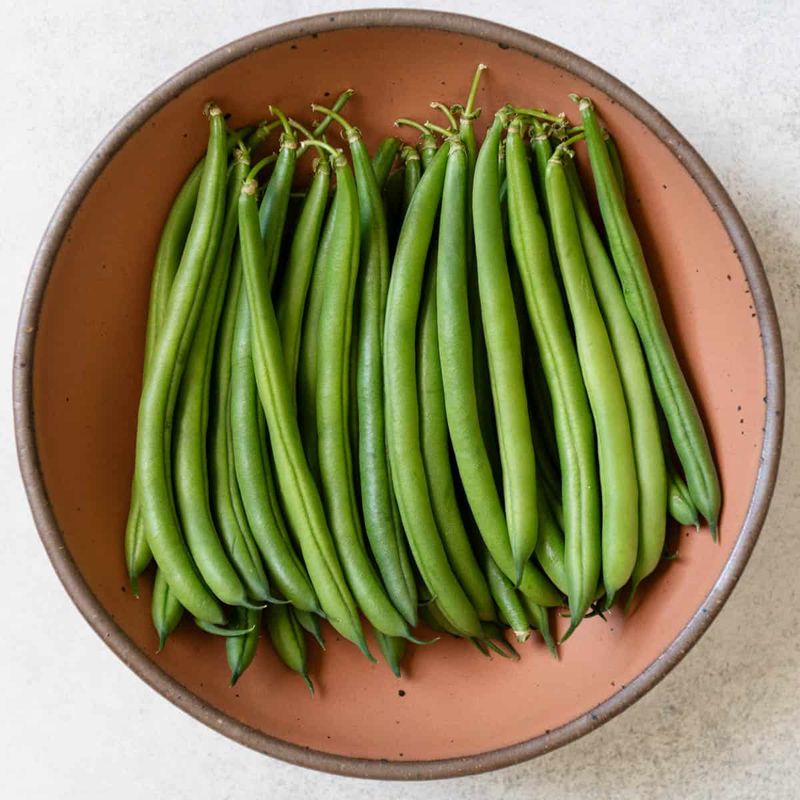
Green beans bring crunch, color, and a solid dose of fiber to your plate. They’re rich in vitamin K, which supports bone health, and have a touch of plant-based protein.
Steam, sauté, or roast them—green beans are easy to love and hard to mess up. Their short cook time makes them ideal for quick, nutritious meals.
11. Onions
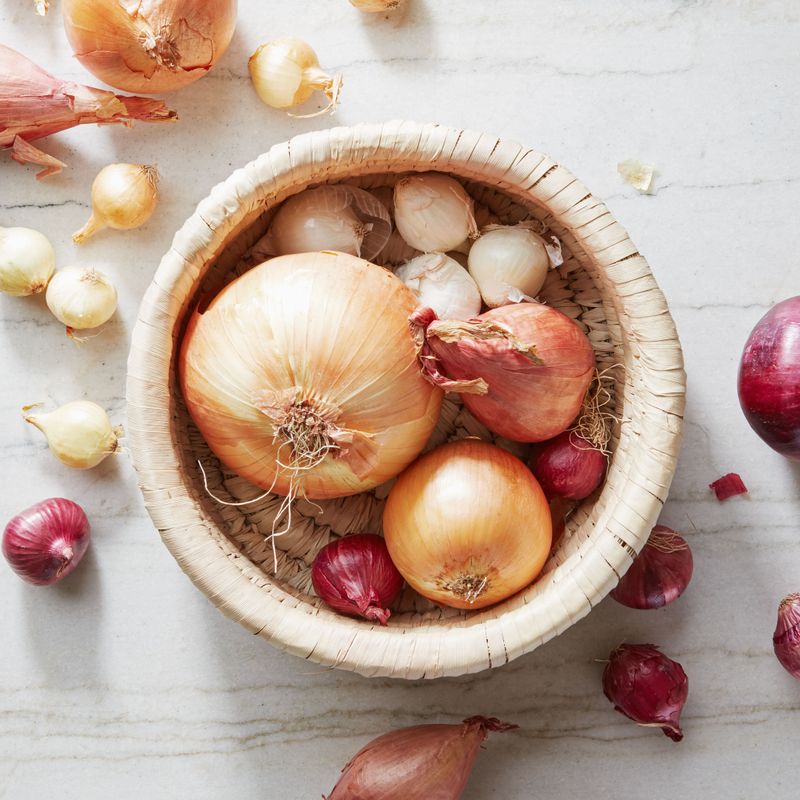
Onions are the foundation of countless dishes, infusing recipes with depth and savory sweetness. They’re rich in antioxidants and sulfur compounds that may support heart health.
Caramelize them for richness, or use them raw for a punch of flavor. Affordable and shelf-stable, they’re a must-have in any kitchen.
12. Radishes

These peppery little roots add crunch and character to salads, tacos, and more. Radishes are low in calories but full of vitamin C and detoxifying compounds.
Their vibrant color and zippy flavor wake up any dish. And with their fast growing time, they’re a favorite in kitchen gardens.
13. Lettuce
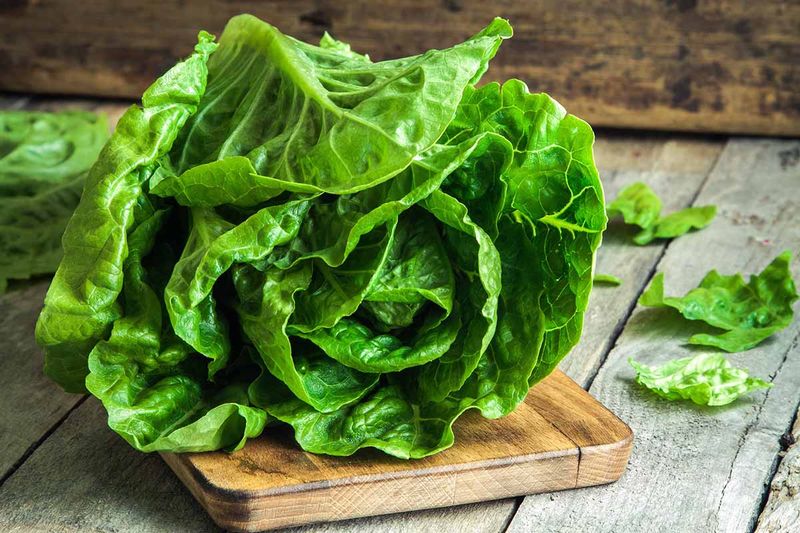
Lettuce may seem basic, but it’s a hydrating, low-calorie way to pack in fiber, folate, and vitamins A and K. Crisp and refreshing, it’s the canvas for endless salads and wraps.
Romaine and butterhead varieties offer a bit more nutrition than iceberg. With so many types, it’s easy to keep your greens interesting.
14. Beets

With their earthy flavor and deep red hue, beets are bursting with nitrates that may support heart health and endurance. They’re also a good source of fiber, folate, and manganese.
Roast them for a caramelized twist, or grate them raw into salads for a sweet crunch. Even the beet greens are edible and nutritious.
15. Eggplant
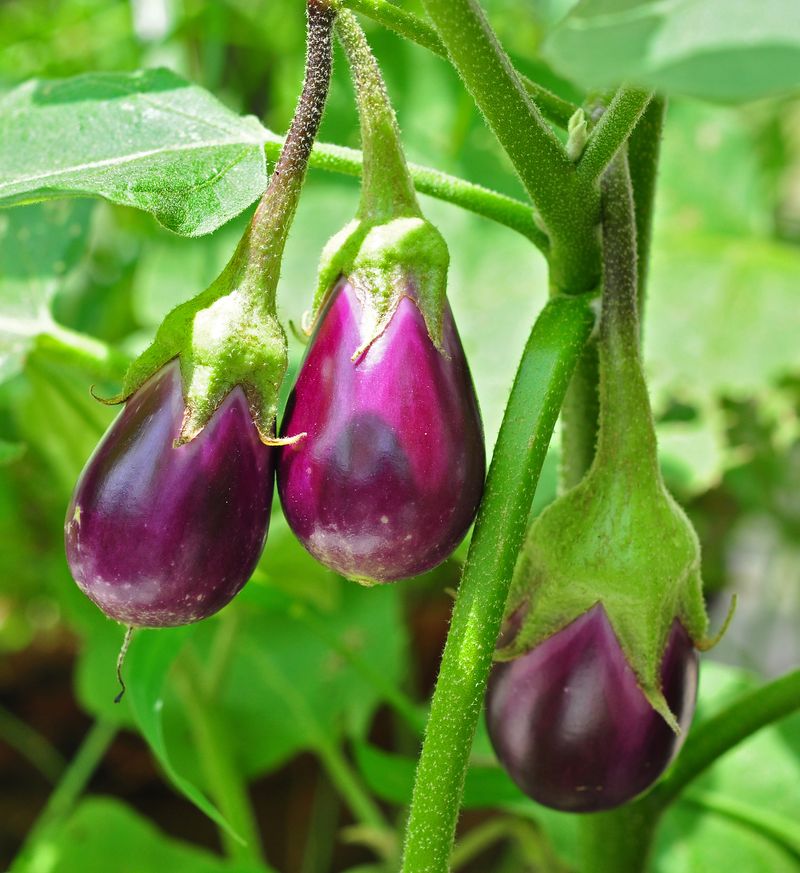
Eggplant’s silky texture and deep purple skin make it a standout, both visually and nutritionally. It’s high in antioxidants, particularly nasunin, which supports brain health.
Roast it, grill it, or bake it into casseroles—it absorbs flavors beautifully. It’s a go-to for meatless meals that feel hearty and satisfying.
16. Celery

Celery is more than a crunchy snack—it’s full of water, fiber, and antioxidants that support digestion and hydration. Its subtle flavor plays well in soups, stews, and salads.
Don’t toss the leaves—they’re edible and full of nutrients. Celery also makes a great low-calorie vehicle for hummus or nut butter.
17. Tomatoes

Technically a fruit, but treated like a veggie, tomatoes are bursting with lycopene—a powerful antioxidant linked to heart health. They’re also rich in vitamin C and potassium.
Slice them into sandwiches, roast them into sauces, or toss them in salads. Their bright acidity livens up just about anything.

